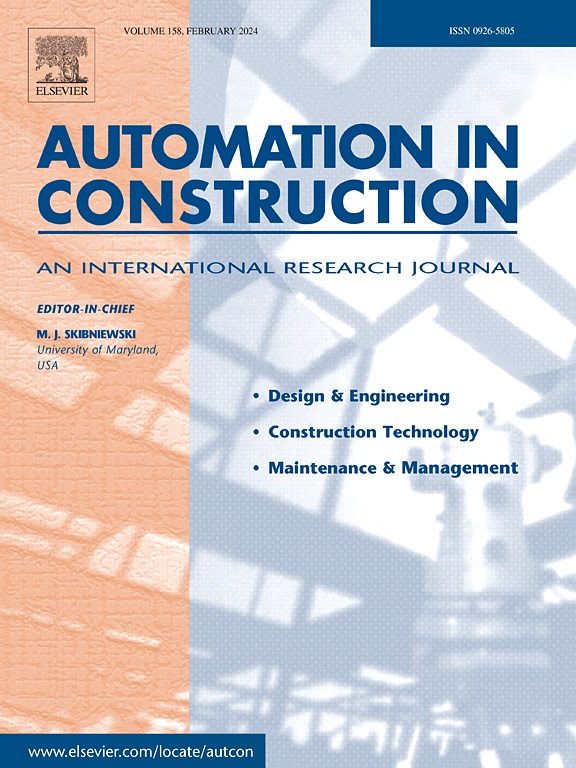钢筋混凝土结构符码自动化设计的多智能体大语言模型框架
IF 11.5
1区 工程技术
Q1 CONSTRUCTION & BUILDING TECHNOLOGY
引用次数: 0
摘要
目前以结构设计规范为指导的钢筋混凝土手工设计方法效率低下,容易出现人为错误。本文提出了一个大型语言模型(LLM)框架来实现代码兼容设计的自动化,并实现可解释性和可验证性。该框架将复杂任务分解为具有专业知识的协调LLM代理处理的子任务,实现自动结构设计和人机交互,以探索替代解决方案和解释。该框架通过对30根梁的设计和评估的案例研究进行了测试,并与商业工程软件SAP2000进行了比较,展示了代理如何协作和交叉检查结果,同时保持结构分析和设计的高精度(97%),高效率(节省90%的时间)和透明度。开发了支持自然语言查询的直观图形用户界面(GUI),以方便实际使用。通过弥合直观沟通和严格的结构分析之间的差距,该框架为自动结构设计提供了范式转变。本文章由计算机程序翻译,如有差异,请以英文原文为准。

Multi-agent large language model framework for code-compliant automated design of reinforced concrete structures
The current manual approach for designing reinforced concrete, guided by structural design codes, is inefficient and susceptible to human error. This paper presents a Large Language Model (LLM) framework to automate code-compliant design and achieve interpretability and verifiability. The framework decomposes complex tasks into subtasks handled by coordinated LLM agents with specialized expertise, enabling automatic structural design and human-robot interaction for exploring alternative solutions and explanations. This framework was tested using case studies on the design and evaluation of 30 beams and compared against commercial engineering software SAP2000, demonstrating how the agents collaborate and cross-check results while maintaining high accuracy (97 %), high efficiency (90 % time-saving), and transparency in structural analysis and design. An intuitive Graphical User Interface (GUI) that supports natural language queries was developed to facilitate practical use. By bridging the gap between intuitive communication and rigorous structural analysis, this framework provides a paradigm shift for automatic structural design.
求助全文
通过发布文献求助,成功后即可免费获取论文全文。
去求助
来源期刊

Automation in Construction
工程技术-工程:土木
CiteScore
19.20
自引率
16.50%
发文量
563
审稿时长
8.5 months
期刊介绍:
Automation in Construction is an international journal that focuses on publishing original research papers related to the use of Information Technologies in various aspects of the construction industry. The journal covers topics such as design, engineering, construction technologies, and the maintenance and management of constructed facilities.
The scope of Automation in Construction is extensive and covers all stages of the construction life cycle. This includes initial planning and design, construction of the facility, operation and maintenance, as well as the eventual dismantling and recycling of buildings and engineering structures.
 求助内容:
求助内容: 应助结果提醒方式:
应助结果提醒方式:


